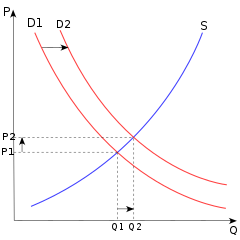Years ago, when deciding from whom to purchase a custom cue from, price was a big consideration.. I was looking for something semi fancy (points, veneers, inlays, leather wrap..etc) for under $2000.
I had many makers to choose from and after reading many reviews, I settled on Jim Buss. However, years later, I've noticed that the price of Buss cues have stayed the same or even gone down a bit, whereas many of the cuemakers whom I passed on, their starting prices have gone through the roof..
What exactly is this based on? Demand? Quality? I place my Buss second to none in quality, hit, etc.. but his cues just don't draw the same demand/price as many others.. Is it strictly based on how much demand there is for a particular cue on the market or do the maker's self dictated price have a lot to do with the market value of his cues?
I had many makers to choose from and after reading many reviews, I settled on Jim Buss. However, years later, I've noticed that the price of Buss cues have stayed the same or even gone down a bit, whereas many of the cuemakers whom I passed on, their starting prices have gone through the roof..
What exactly is this based on? Demand? Quality? I place my Buss second to none in quality, hit, etc.. but his cues just don't draw the same demand/price as many others.. Is it strictly based on how much demand there is for a particular cue on the market or do the maker's self dictated price have a lot to do with the market value of his cues?
